Part I — Lineage

Lineage is an important part of Buddhism, not only for the various Buddhist schools today, but also in the original sense of how lineage was perceived during the time of the Buddha. The ideal of lineage can be found in the Pali words gotta/gotra, which is the family lineage traced through the side of one’s father.
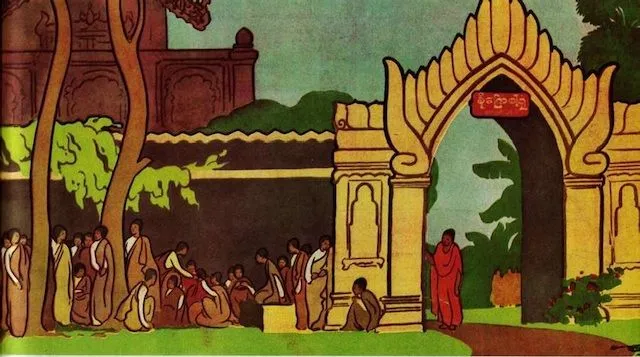
Becoming of the lineage is equal to initiation, and this is always a spiritual affair, entering into the ‘clan’ of Buddhist mystics who walk the Buddhist noble path. The followers of Gotama can be seen as the initiated that now belong to the Sakya ‘clan’, of which the Sakya lineage name (PDF)gotto was originally used and re-used to designate Buddha’s initiated followers.
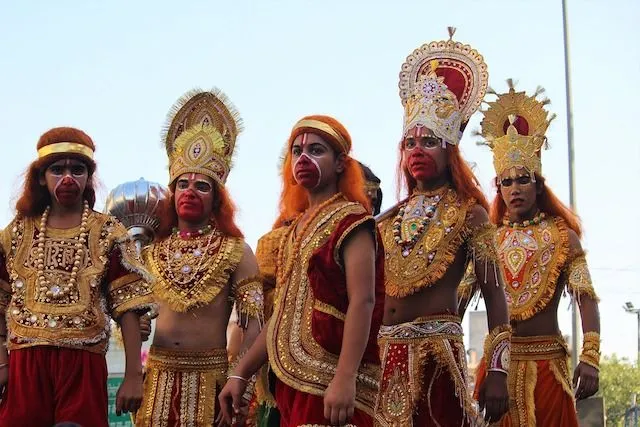
As seen in the Anguttara Nikaya, the lineage-enterer is part of the group of noble persons (ariya-puggala) who are worthy in the Buddhist sense:
“Monks, these nine persons are venerable, worthy of honor, worthy of gifts, worthy of salutations, the world’s unsurpassed field for making merit.
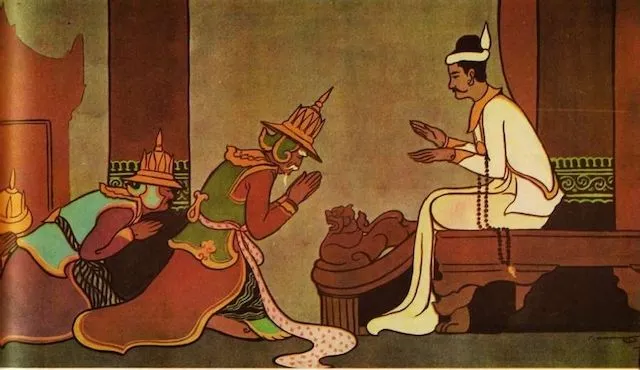
Another list of noble persons is given in the Book of Tens in the Anguttara Nikaya, of which the lineage-enterer is once again included:
“Monks, these ten persons are worthy of worship, worthy of reverence, worthy of gifts, worthy of salutations with clasped hands, a field of merit unsurpassed for the world.
A Wayfarer, arahant, a fully enlightened one, a Pacceka-Buddha, one released in both respects, one released by insight, one who has testified (to the truth) in his own person, one who has won view, one released by faith, and one who is has become one of the ‘clan’.”

To ‘become one of the clan’ is synonymous with becoming one of the elect, becoming part of the spiritual clan of Buddha’s followers, and it’s first stage already empowered with insight and noble thought, with immediate prospect of attaining the state of Stream-winner and the Way. The stream-winner here is the person who enters the stream and swims against the worldly current of becoming, back to the source of true being, and no longer being designated as a mere-worldly-person (puthujjana).
Another related term in the Pali texts is kolankola, translated in the P.T.S. edition of the Anguttara Nikaya as ‘reborn in a good family’ or ‘one who goes from family to family’. Now this family is not based on hereditary lineage or caste from a family such-and-such, but similar in meaning regarding the lineage-enterer in that it is a preparatory move into the right direction of stream-enterer.
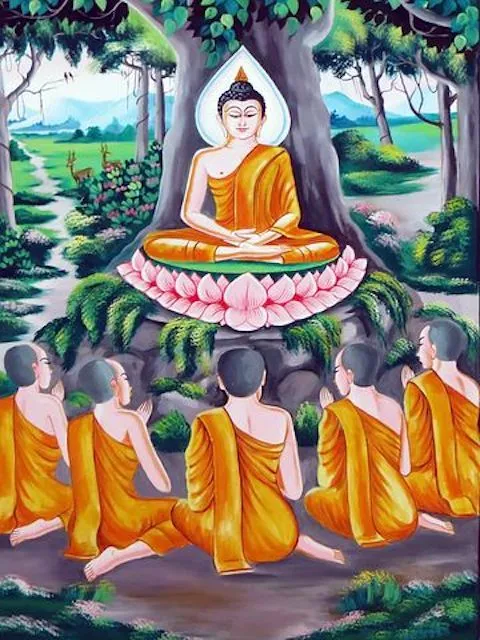
“Of him who has but seven more births at most, of him who is reborn in a good family, of the one-seeder, and of him who in this same visible state is arahant. Of such the goal is won here.” — AN V.120
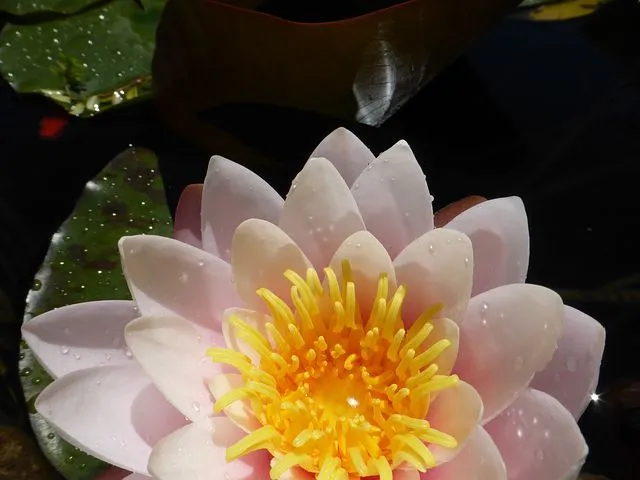
Awakening to the initiation of stream-entry is also a dying, a symbolic dying to the world of ordinary becoming in the stream of suffering. A transmission of this awakening is what the teachings of the Buddha means when it is said that the Dhamma is a teaching of ‘come and see’ for yourself and to realize for yourself.
In the second part we’ll be discussing the concept of Caste and how it is understood in the Buddhist teachings.

I will flag comment spam at 1% strength. If you keep on spamming my post, I will flag you at 100%. I don't care if you have limited English abilities, write a couple of sentences about this article, no copy-paste, please. I will flag: one sentence comments, links to your blog and begging for up-votes and follows. Also, I will flag comments that have nothing to do with my blog's article. I will also check your comment section to see if you have been comment spamming on other blogs.


 A link to My Blog
A link to My Blog